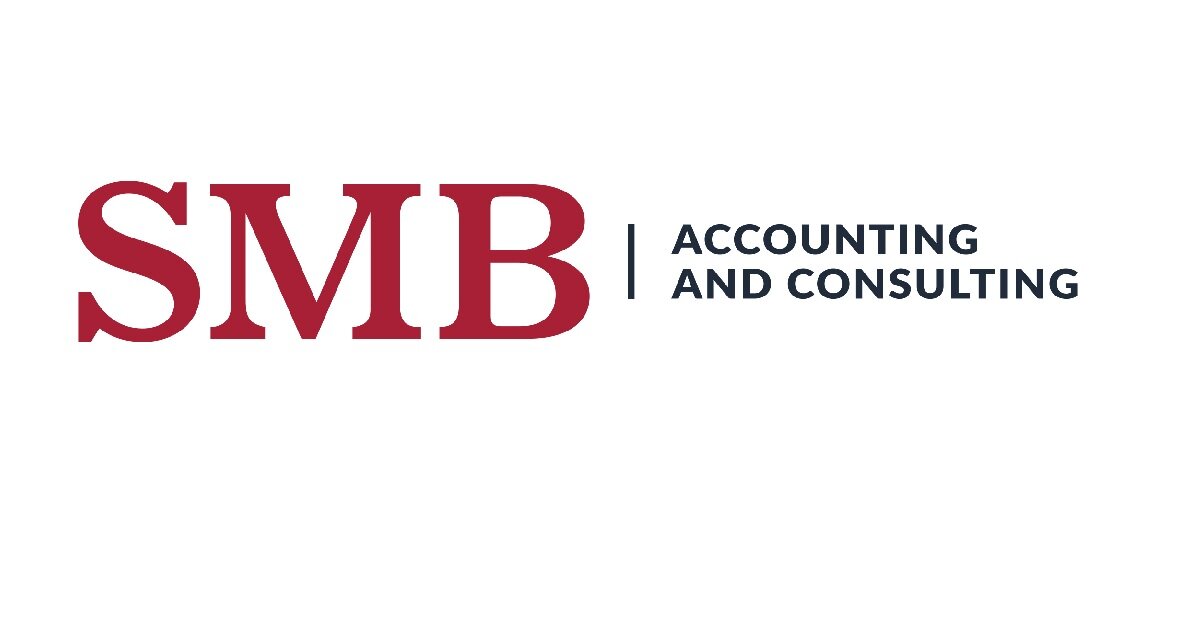Understanding the Difference between Income Statement and Balance Sheet
When it comes to financial statements, two key documents play a vital role in providing insights into a company's financial health: the income statement and the balance sheet. While both are important in understanding a company's financial position, they serve different purposes and provide distinct information. In this blog post, we will explore the differences between these two essential financial statements.
Income Statement:
The income statement, also referred to as the profit and loss (P&L) statement, is a financial report that showcases a company's revenues, cost of goods sold, expenses, and gains and losses over a specific period. It focuses on the company's operational activities during that period and determines its profitability. The income statement summarizes the following components:
Revenue: This section outlines the total amount earned from the company's primary business operations, such as sales of goods or services.
Costs of Goods Sold: This is inclusive of expenses that are directly related to sales, such as materials purchased or labor directly associated with the production of a widget.
Expenses: It includes the costs incurred in generating revenue that are not directly related to the final goods or service. This includes general & administrative wages, rent, utilities, and marketing expenses.
Gains and Losses: This category accounts for non-operational activities, such as gains or losses from the sale of assets, investments, or foreign exchange.
At the end of the income statement, the net income (or net loss) is calculated by subtracting total expenses and losses from total revenues and gains. The net income represents the company's profit or loss for the given period and contributes to the retained earnings on the balance sheet.
Balance Sheet:
In contrast to the income statement, the balance sheet provides a snapshot of a company's financial position at a specific point in time. It showcases the company's assets, liabilities, and shareholders' equity. Here's a breakdown of the components found in a balance sheet:
Assets: Assets encompass everything a company owns that has monetary value, including cash, accounts receivable, inventory, property, and equipment
Liabilities: Liabilities represent the company's obligations, such as loans, accounts payable, accrued expenses, and taxes owed.
Shareholders' Equity: Shareholders' equity refers to the residual interest in the company's assets after deducting liabilities. It includes common stock, retained earnings, and additional paid-in capital.
The balance sheet follows the fundamental accounting equation: Assets = Liabilities + Shareholders' Equity. This equation ensures that the company's total assets are always equal to the total of its liabilities and shareholders' equity.
In summary, the income statement (profit and loss) and the balance sheet are crucial financial statements that serve distinct purposes, and a business must understand both to get a clear picture of the financial health of the company. The income statement focuses on a company's operational performance over a specific period, such as month or quarter, determining its profitability or loss. On the other hand, the balance sheet provides a snapshot of a company's financial position at a specific point in time, highlighting its assets, liabilities, and shareholders' equity. It is important to remember that although the two statements are distinct, they are also strongly interrelated. If your balance sheet is off or unreconciled, there is a strong possibility that your income statement is off as well. Understanding the differences and connections between these two statements is essential for comprehensive financial analysis and decision-making within an organization.

